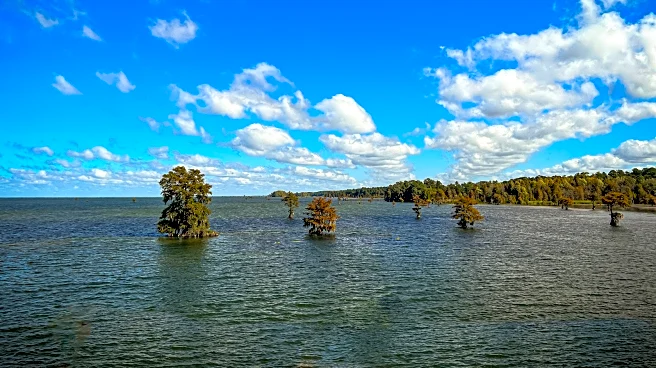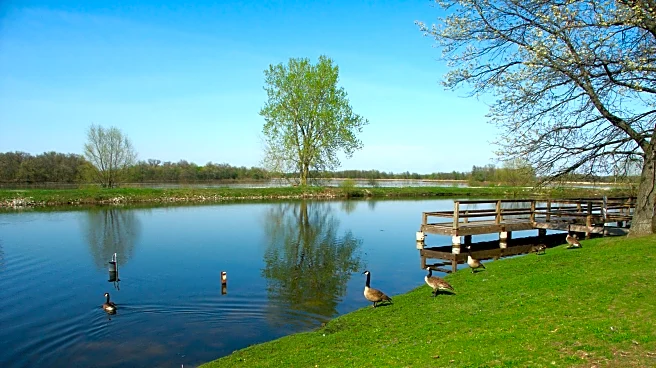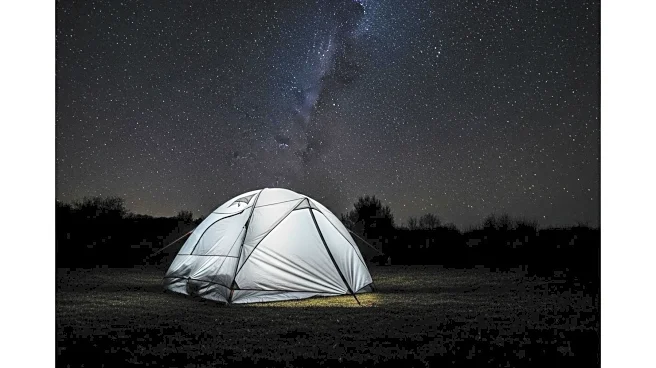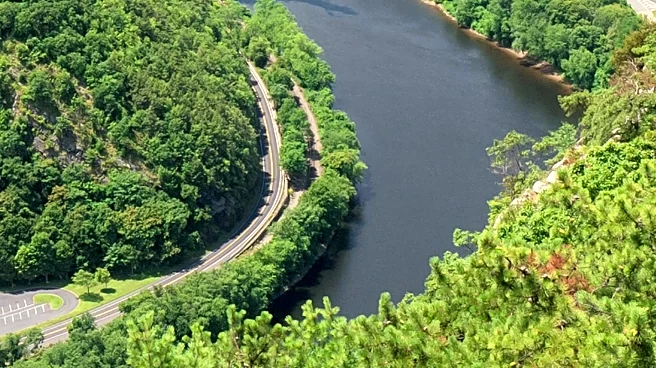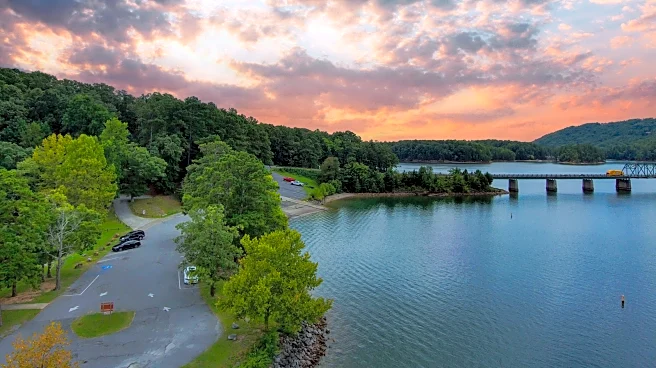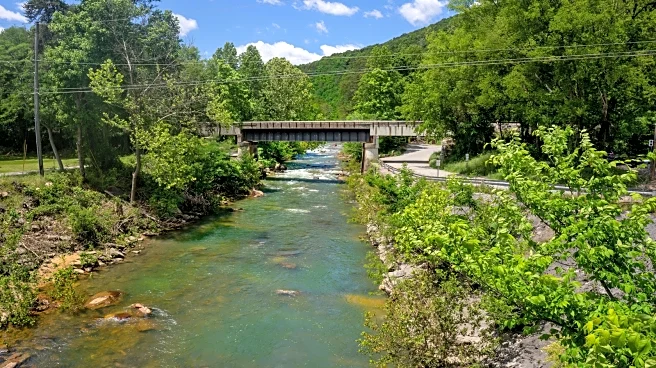What's Happening?
The Adirondack History Museum in Elizabethtown is commemorating the centennial of the first '46ers'—individuals who climbed all 46 Adirondack peaks over 4,000 feet—through a special exhibit. This feat was first achieved by Bob Marshall, George Marshall, and Herb Clark in 1925. The exhibit, titled 'Centennial of the First 46ers,' will be available until October 12, with a special 'People and Peaks' event scheduled for September 20. The exhibit includes personal writings, photographs, and other memorabilia from the original 46ers, offering a detailed look into their lives and achievements. Aurora McCaffrey, the museum's director, and Sharp Swan, a board member, have curated the exhibit, drawing from first-person accounts and historical archives.
Why It's Important?
The exhibit not only celebrates a significant milestone in the history of Adirondack hiking but also highlights the cultural and historical impact of the 46ers on the region. The original 46ers have inspired a large community of hikers, with the 46er Club now boasting tens of thousands of members. This celebration underscores the enduring appeal of the Adirondack High Peaks and their role in promoting outdoor recreation and conservation. The exhibit serves as a bridge between past and present, connecting today's hiking enthusiasts with the pioneers who first charted these trails.
What's Next?
The museum's 'People and Peaks' event on September 20 will feature presentations on each of the first 46ers, providing further insights into their lives and contributions. The event is expected to draw current 46ers and hiking enthusiasts, fostering a deeper appreciation for the history and challenges of Adirondack hiking. The museum's initiative to offer free admission to current 46ers as part of the centennial celebration aims to engage the hiking community and encourage more people to explore the region's rich history.
Beyond the Headlines
The exhibit also touches on broader themes of social inclusion and resilience. The Marshalls' story, including their family's establishment of Knollwood due to anti-Semitic discrimination, highlights historical social challenges and the role of outdoor spaces as refuges and places of empowerment. The exhibit's focus on personal narratives and historical context offers a nuanced understanding of the cultural and environmental legacy of the Adirondacks.


